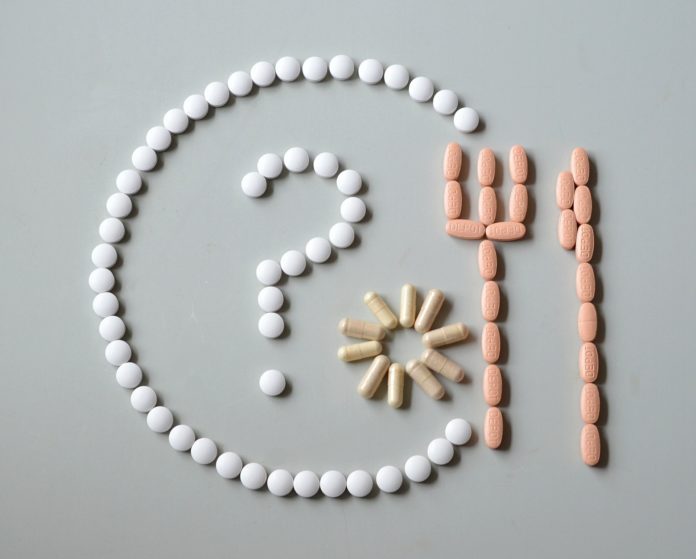
New study reveals antibiotic use in India doubled between 2000 and 2015
Antibiotic consumption in India has increased the fastest in the southeast Asian region, according to a study published in the Proceedings of the National Academy of Sciences.
The study reported: “Between 2000 and 2015, antibiotic consumption increased from 3.2 to 6.5 billion DDDs (103%) in India, from 2.3 to 4.2 billion DDDs (79%) in China, and from 0.8 to 1.3 billion DDDs (65%) in Pakistan. The antibiotic consumption rate increased from 8.2 to 13.6 DDDs per 1,000 inhabitants per day (63%) in India, from 5.1 to 8.4 DDDs per1,000 inhabitants per day (65%) in China, and from 16.2 to 19.6 DDDs per 1,000 inhabitants per day (21%) in Pakistan.”
Antibiotic resistance, driven by antibiotic consumption, is a growing global health threat. The report on antibiotic use in 76 countries over 16 years provides an up-to-date comprehensive assessment of global trends in antibiotic consumption.
DDD or defined daily doses is the unit used to track antibiotic consumption patterns over time and across countries based using the IQVIA MIDAS database. IQVIA uses national sample surveys of antibiotic sales to develop estimates of the total volume of sales of each antibiotic molecule (or combination of molecules). For each country, antibiotic consumption was reported by month or quarter and broken down between the retail and hospital sectors.












